
Inverter feed system with anti-clogging settings; the thicker and larger pre-conditioning zone for ingredients; the screw design for thorough mixing and expansion; the ability to set up adjustable molds of various sizes; together with Siemens motors providing a powerful and stable drive system; make the RICHI Machinery the first choice of equipment for aquafeed production.
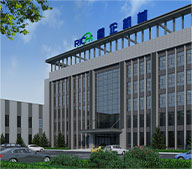
Brand
RICHI

Application
Aquafeed

Finished
Extruded Pellets
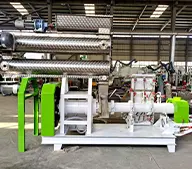
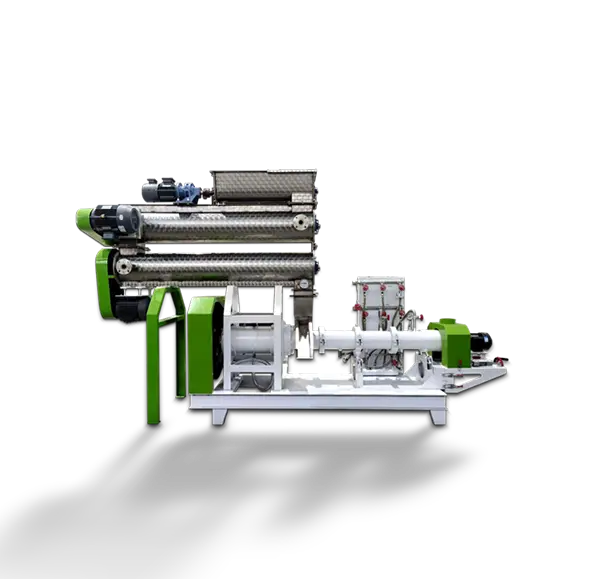
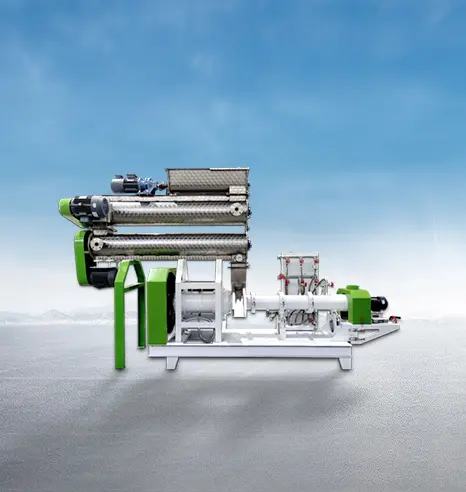
| Model | Main Motor Power(Kw) | Feeder Power(Kw) | Conditioner Power(Kw) | Cutting Power(Kw) | Screw Diameter(mm) | Overall Dimensions (mm) | Production Output(TPH) |
|---|---|---|---|---|---|---|---|
| DSP-90B | 37 | 7.5 | 1.1 | 1.1 | 90 | 2600*1600*1900 | 0.5-0.6 |
| DSP-135B | 75 | 7.5 | 2.2 | 1.5 | 135 | 3750*1980*1950 | 0.8-1.0 |
Technological innovation is essentially all about customer service. To make you feel the convenience of RICHI's products, technologies and solutions in the process of fish feed production.
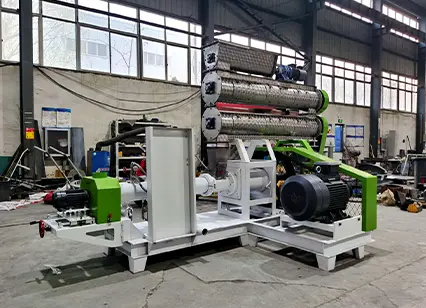
Feeding and conditioning systems
The optimized conditioning system with inverter feeding system improves the safety, nutritional value and maturation of the raw material to a great extent. This improves the overall quality of the feed from the source and ensures healthy feeding.
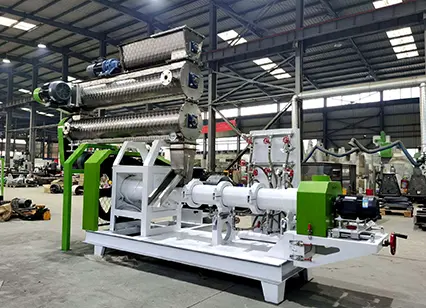
Drive system
High-end Siemens industrial grade drive motor drives the drive shaft of double-layer aquafeed extruder machine, which is more stable and durable than traditional belt drive. In the long run, this not only improves efficiency but also saves maintenance costs.
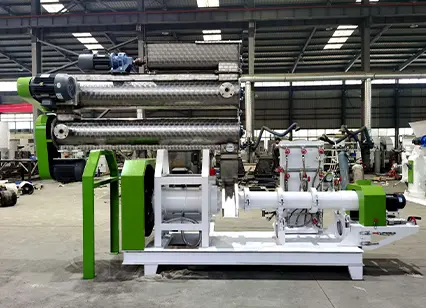
Structure and material
The body of the extruder is made of high quality and high specification alloy steel, which is sturdy and durable, reduces resonance and runs stably. The parts that come into contact with the raw material are made of high grade stainless steel, which does not affect the raw material in any way and greatly improves corrosion resistance.
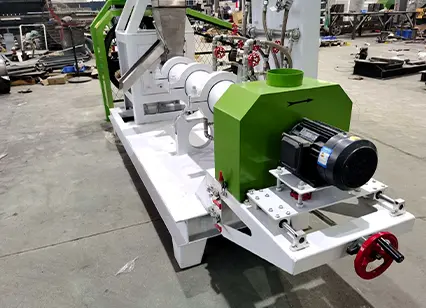
Control and Safety
Each extruder machine is equipped with an independent electric control system and safety stop function. It can not only avoid losses caused by perceived errors, but also effectively protect the extruder and subsequent production equipment.
Explore our efficient and streamlined purchasing process, designed to simplify and optimize the acquisition of a complete aquatic extruded feed production plant. Every stage is tailored to meet your specific requirements, from the initial schematic design and precise manufacturing processes to secure payment methods and seamless on-site installation and commissioning. Furthermore, our comprehensive spare parts service provides ongoing support and ensures optimal machine performance, offering you long-term reliability and peace of mind.

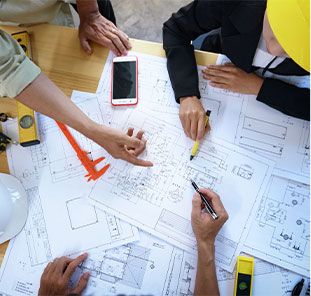
Solution Formulation
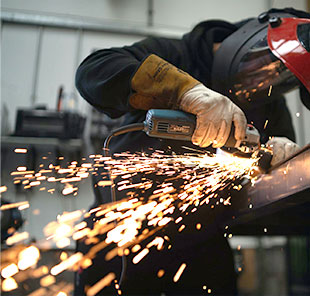
Equipment Manufacture

Secure Payment
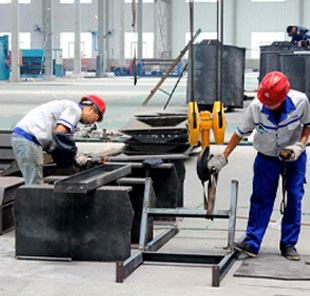
Spare Parts Service
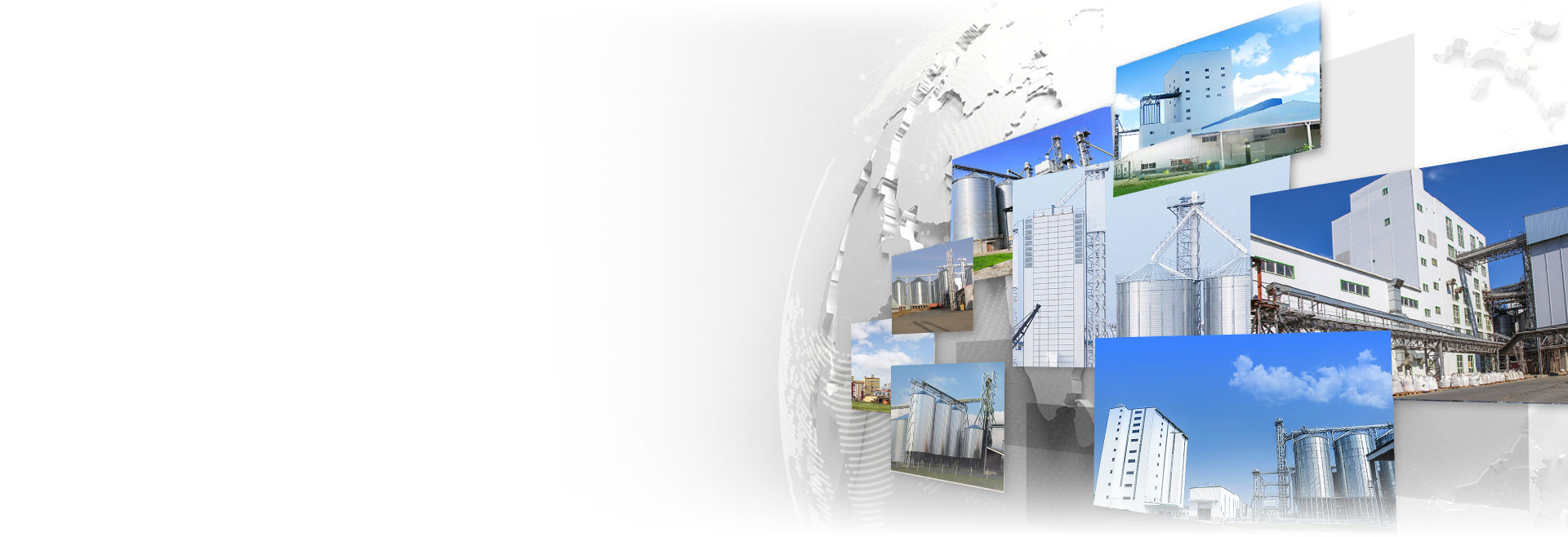
HENAN RICHI MACHINERY CO.,LTD
Henan Richi Machinery Co., Ltd was founded in 1995. After nearly thirty years of development and expansion, RICHI Machinery has grown into a modern enterprise covering an area of 60,000 square meters and integrating independent research and development, production and sales.
The products involve feed pellet machinery and engineering, biomass pellet machinery and engineering, organic fertilizer machinery and engineering, conveying equipment and engineering, steel structure engineering, silo, automation control technology and engineering, etc., and each product series has passed ISO 9001 international quality management system certification and CE certification!
Get Quote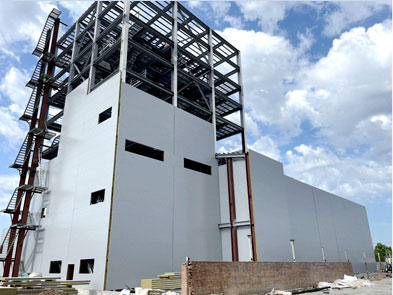

This state-of-the-art equipment supports a wide range of feed formulations for poultry and livestock, improving feed quality and reducing production costs. And its scalable design accommodates future expansion.
Learn More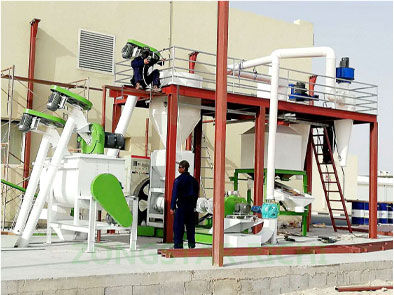

The system is fully automated, enabling seamless operation with minimal labor and supporting sustainable agricultural practices through the use of alfalfa and other forages.
Learn More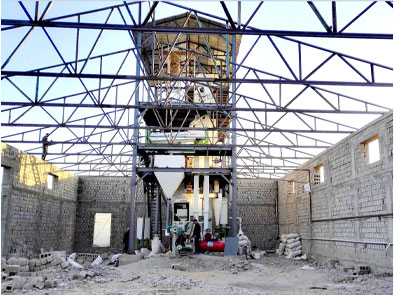

Hardwood residues are processed into durable, high-energy biomass pellets. Designed for industrial production, the system utilizes advanced drying and pelletizing technologies to ensure efficiency and quality.
Learn More

This project is capable of producing fish and shrimp feeds, equipped with precise extrusion technology for superior feed quality. The customer emphasizes its reliability and ease of operation as the main advantages.
Learn More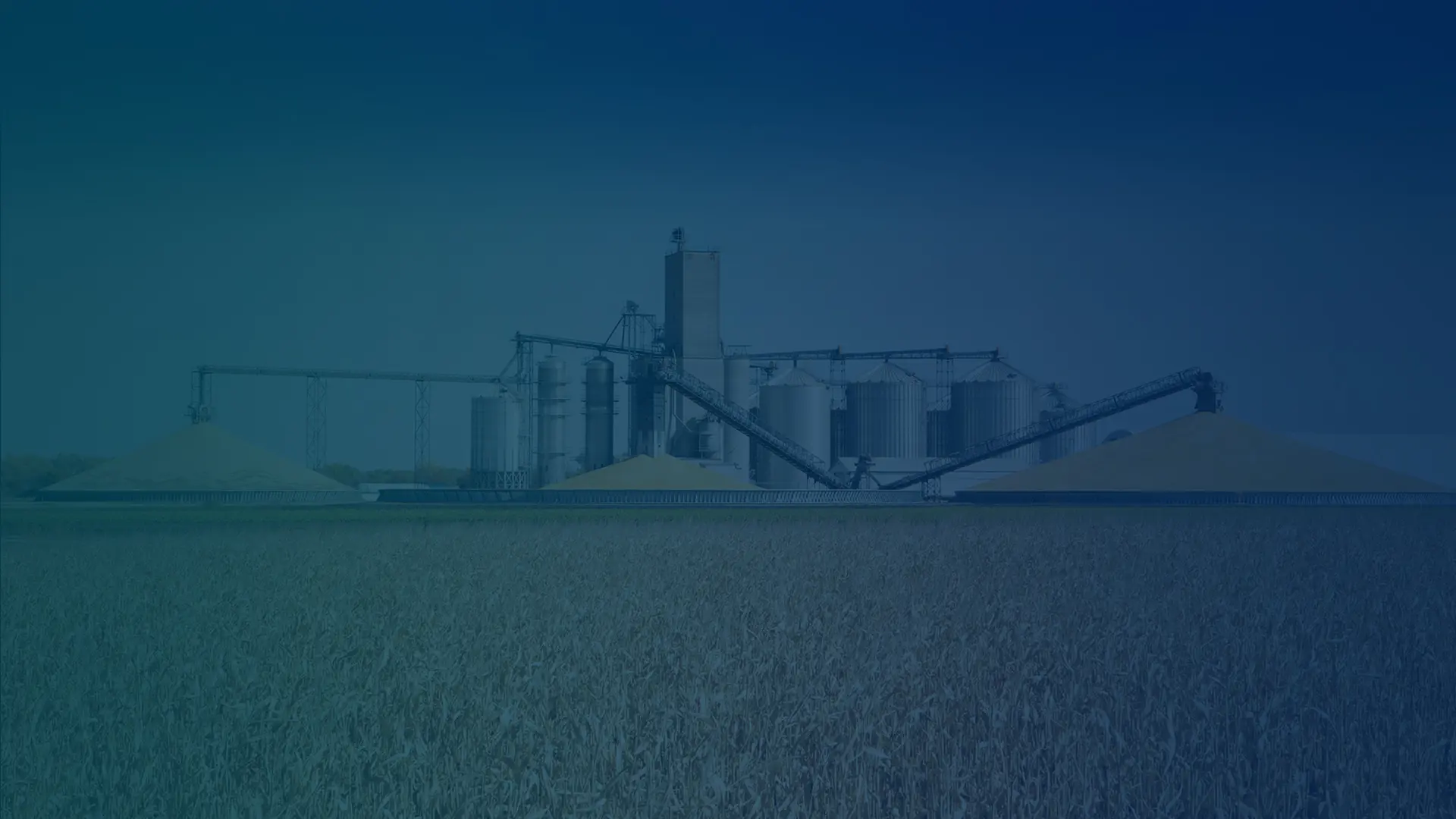
What kind of aquatic feed plant do you want to establish?
How many tons per hour about this plant you want to build?
Where will your aqua feed mill plant be built?
When do you plan to start this project?
A double-layer aquafeed extruder is a specialized machine for producing aquatic feed, designed with two layers or stages of extrusion. This design allows for enhanced control over processing parameters, improving feed quality, density, and durability. The dual layers facilitate better preconditioning and cooking, making it suitable for producing both floating and sinking feed for various aquatic species. This configuration is particularly effective for large-scale production, allowing the extruder to handle different feed formulations efficiently while optimizing nutrient retention and texture.
The extrusion process improves feed quality by cooking ingredients at high temperatures and pressure, which gelatinizes starches and denatures proteins, making nutrients more digestible and bioavailable. This process also allows for precise control over pellet size, shape, and density, ensuring consistent quality, reducing waste, and enhancing feed stability in water, which minimizes nutrient loss and improves feed intake for aquatic animals.
Yes, the double-layer aquafeed extruder is suitable for a wide range of aquatic species, including fish, shrimp, crabs, and other marine or freshwater species. It can be adjusted to produce different pellet types—floating, sinking, or slow-sinking—catering to the specific feeding behaviors and nutritional needs of each species.
The double-layer aquafeed extruder controls pellet buoyancy by adjusting variables like temperature, pressure, and moisture during the extrusion process. High temperatures and pressures expand the feed ingredients, creating air pockets that allow the pellets to float. By lowering these settings or adding certain ingredients, the density of the pellet can be increased, producing sinking or slow-sinking feed.
Double-layer aquafeed extruders are available in various capacity options to suit different production needs, typically ranging from small-scale units with capacities of around 500 kg/h for research or small farms, medium-scale models around 1000 kg/h for larger farms, and industrial-scale models reaching higher for commercial feed production facilities. Some advanced models even offer customizable capacities, allowing manufacturers to adjust output based on specific requirements.
A double-layer extruder is highly energy-efficient due to its design, which allows for heat recycling between layers. This setup reduces energy consumption by retaining and reusing heat generated in the extrusion process, minimizing the need for additional heating. As a result, it lowers operational costs while maintaining optimal production efficiency and consistency in feed quality.
If you need further information, please contact us

For all inquiries fill in the form below to send us a brief message,and we will get back to you as soon as possible

RICHI stick to the service principle is: We are focusing on your future, your future is our future!
© HENAN RICHI MACHINERY CO., LTD 1995-2025
Product Line-Up / Privacy Policy